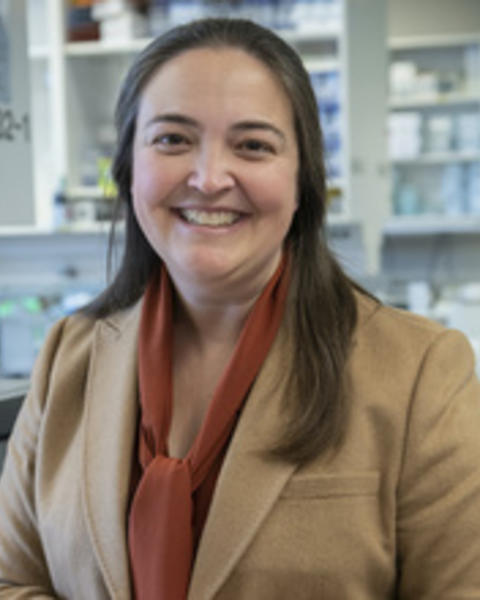A Retrotransposon in Cancer: The Marker and the Mutator
to

Kathleen H. Burns, M.D., Ph.D.
Principal Investigator
Dana-Farber Cancer Institute: Harvard Medical School
Dr. Burns received her M.D. and Ph.D. in Molecular and Human Genetics from Baylor College of Medicine. She completed a clinical pathology (CP) residency and hematopathology fellowship at Johns Hopkins University School of Medicine, and served as chief resident. Thereafter, Dr. Burns joined the faculty at Johns Hopkins and progressed through the academic ranks to Professor. She served as Vice Chair for Research and Programs in the Pathology Department and Director of the school-wide Physician Scientist Training Program (PSTP). She was recruited to Dana-Farber as Chair of the Department of Pathology in 2020.
Her honors and invited lectures include a Career Award for Medical Scientists from the Burroughs Wellcome Fund, election to the American Society of Clinical Investigation, the Scriver Family Visiting Professorship in Genetics from McGill University, the Daria Haust Lecturer of Pathology at Queen's University, the Inaugural Thomas Wheeler Lecture at Baylor College of Medicine Department of Pathology, and the George E. Peacock Memorial Lecture at the Department of Pathology at University of Texas Southwestern. Kathy has given Keynote addresses for meetings organized by Cold Spring Harbor Laboratories, Cold Spring Harbor Asia, and Gordon Research Conferences.
Summary
Our genome is replete with repetitive DNAs, many of which are accumulated self-propagating sequences. Long interspersed element-1 (LINE-1,L1) retrotransposons dominate this activity today, making copies of themselves by first being transcribed to RNA and then reverse transcribed to cDNA integrated into the genome. Increased L1 activity is a hallmark of cancers, and L1 insertions can act as driving mutations in tumorigenesis. L1 encodes a bicistronic RNA. The first of its open reading frames (ORFs) encodes ORF1 protein (ORF1p), which forms an RNA-binding homotrimer. The second ORF encodes ORF2p, encompassing endonuclease and reverse transcriptase domains; these act in a coordinated manner to generate de novo L1 insertions, mutating cancer genomes. Here, I will review published and new data that ORF1p can serve as a biomarker of malignancies, and that ORF2p-mediated mutagenesis generates frequent double stranded (ds)DNA breaks and incites structural chromosomal instability (CIN).
Learning objectives:
• Inventory repetitive DNAs in the human genome.
• Consider the utility of LINE-1 ORF1p as a cancer biomarker.
• Recognize potential contributions of LINE-1 ORF2p mutagenesis to malignancies.
This page was last updated on Friday, November 14, 2025